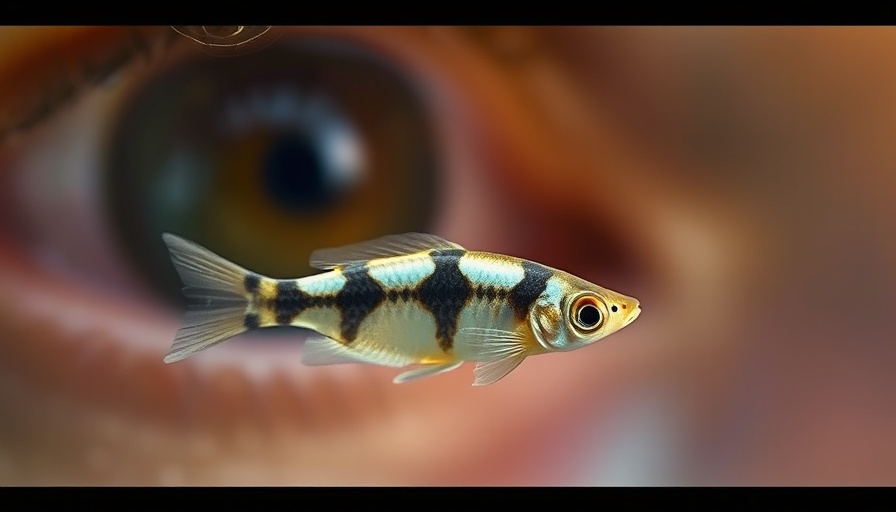
Revolutionizing Vision Restoration
Imagine a world where vision loss can be reversed, where the intricacies of the human eye can be restored much like how a zebrafish regenerates its own vision. Recent breakthroughs in retinal research provide hope that we may be on the cusp of revolutionary treatments for human blindness, thanks to insights gleaned from the remarkable regenerative capabilities of zebrafish.
The Unique Capability of Zebrafish
Unlike humans, who experience permanent visual impairments due to neuronal degeneration, zebrafish possess an extraordinary ability to regenerate their retinal neurons. When faced with retinal trauma, zebrafish activate special cells known as Müller glia, which act like stem cells, allowing them to proliferate and differentiate into various neuronal types essential for vision. Essentially, these cells re-enter the cell cycle following injury, producing retinal progenitors crucial for retinal repair and regeneration.
Research has shown that the functionality of regenerated retinal neurons in zebrafish can mimic that of their undamaged counterparts. Scientists at the Center for Regenerative Therapies in Dresden demonstrated that these regenerated cells not only restore structural integrity but also regain their physiological function, creating a real pathway to understanding how similar regeneration might be applied in human therapies.
Understanding Retinal Regeneration: Challenges and Insights
One of the prime challenges in replicating zebrafish retinal regeneration in humans revolves around the functional recovery of regenerated neurons. Previous studies highlighted two critical questions: Do regenerated neurons exhibit normal light-evoked responses? Can they effectively integrate back into existing neural circuits? Through innovative techniques such as advanced imaging and genetic modifications in zebrafish, researchers have begun to address these fundamental queries.
Using customized imaging equipment, researchers have tracked photoreceptor activity post-injury, providing crucial evidence that regenerated photoreceptors regain their ability to respond to light, demonstrating both connectivity and functionality akin to that of a healthy retina.
The Road Ahead: Implications for Human Therapies
The implications of zebrafish studies are profound. As specialists continue to unravel the molecular mechanisms underlying Müller glial cell reprogramming, there is a burgeoning hope that similar strategies can stimulate retinal regeneration in humans. The strong evolutionary link between fish and humans suggests that understanding the regenerative pathways in zebrafish could enable the revival of these processes in mammalian retinal cells, potentially reawakening lost regenerative capabilities.
Researchers advocate for focused efforts aimed at inducing Müller glia in human retinas to adopt regenerative pathways, signalling an exciting frontier in vision restoration. Although mammalian Müller glia have lost their regenerative potency during evolutionary advancements, there is optimism that targeted therapeutic interventions could activate dormant regenerative processes.
Broader Implications for Health
Vision loss is not just a personal health challenge; it reverberates through families and communities. With conditions such as retinitis pigmentosa and macular degeneration affecting vast numbers of individuals worldwide, breakthroughs in retinal regeneration hold the potential to reclaim quality of life for millions. This vital research not only shines a light on vision recovery but also contributes to the broader dialogue surrounding regenerative medicine.
A Hopeful Vision
As we strive to unravel the mysteries of retinal regeneration in zebrafish, the hope is to translate these findings into human applications. With continued research and investment in regenerative therapies, we inch closer to the dream of restoring vision and possibly revolutionizing treatment methodologies for various forms of incurable blindness.
For those impacted by vision loss, the journey of restoration might soon transition from an aspiration to reality, supported by the unwavering resilience of zebrafish and the innovative spirit of science.
 Add Row
Add Row  Add
Add 




Write A Comment